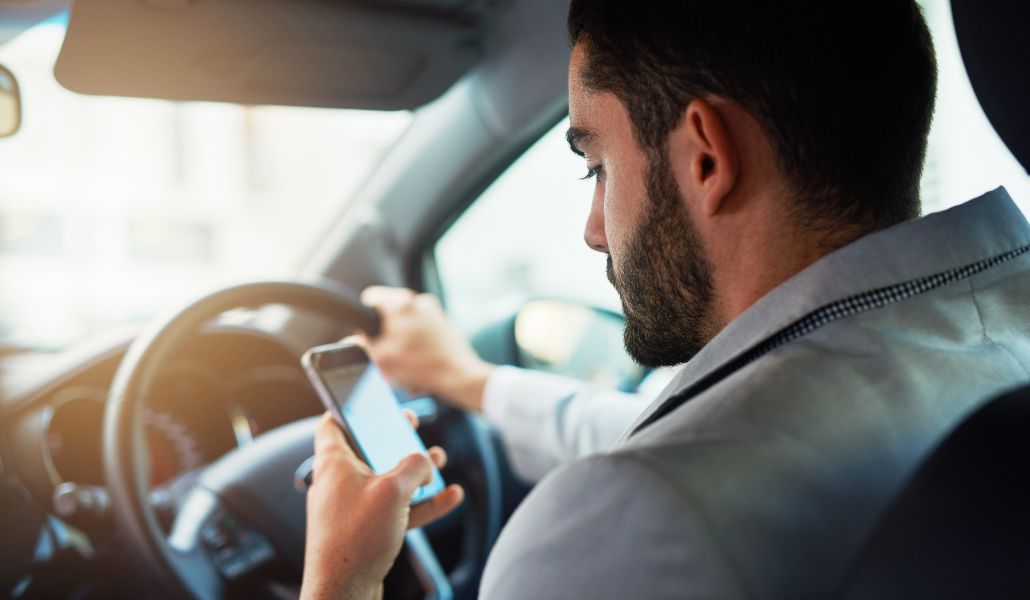Drivers may be more distracted than you think

May 28, 2021 | Personal Injury
People should only be worried about one thing when they are behind the wheel of a motor vehicle — driving. Unfortunately, this is not the reality that we live in. Distracted driving is a widespread problem that affects everyone in North Carolina.
While you might associate distracted driving with smartphones — and they are indeed a significant contributor — the issue has been around for as long as cars have been on the road. Seemingly normal driving behaviors that you witness every day might actually be indicators that other drivers are simply not paying attention. You might find that understanding the different types of distracted driving behaviors will help you better identify dangerous drivers.
The 3 types of distracted driving behavior
Distracted driving is a rather broad term that refers to any activity that takes a driver’s attention away from paying attention to the road. However, these behaviors typically fall into three categories. These are:
- Manual
- Visual
- Cognitive
When manually distracted, a driver has his or her hand or hands off the wheel. A visually distracted driver might have his or her hands on the wheel but be looking anywhere but at the road. Cognitively distracted can be a little trickier to spot. This is because cognitive distractions involve thinking about tasks other than driving, so a cognitively distracted driver could appear focused while actually posing a serious threat to others on the road because his or her mind is elsewhere.
Are phones a problem?
Drivers get distracted for all kinds of reasons, like reaching for an item or looking at kids in the backseat. However, no other distraction might be quite as pervasive or dangerous as the modern day smartphone. According to the National Highway Traffic Safety Administration, phones serve as distractions for at least 10% of the average person’s driving time.
It is about more than just texting and driving too. In a 2019 study, approximately 70% of iPhone users admitted to video chatting while driving. A later study found that many American workers feel like they have to reply to work emails right away — even if they are driving.
Texting vs. drinking
One of the reasons that distracted driving is so dangerous is that it mimics many drunk driving symptoms. According to the Transport Research Laboratory, just typing a text message can slow a driver’s reaction time by as much as 35%. Drinking up to as much as the legal limit only slows driver reaction times by 12%. Despite this, many people still believe that texting and driving is not as dangerous as drunk driving.
Unfortunately, you may have already experienced firsthand just how dangerous distracted driving can be. Car accident victims just like you often suffer traumatic injuries, lose their wages and rack up hefty medical bills. While this situation might feel impossible, many victims have successfully secured compensation through personal injury lawsuits.
